Nestled along the banks of the majestic Yamuna River, Agra stands as a testament to the grandeur and splendor of India’s rich history. Home to iconic landmarks, breathtaking architecture, and a vibrant cultural tapestry, this city has long captured the imagination of travelers from across the globe. From the timeless allure of the Taj Mahal to the regal fortresses that dot its skyline, Agra offers an unforgettable journey through the annals of time. Let us embark on a virtual tour to uncover the best places to visit in Agra and answer five frequently asked questions to make your trip seamless.
Taj Mahal:
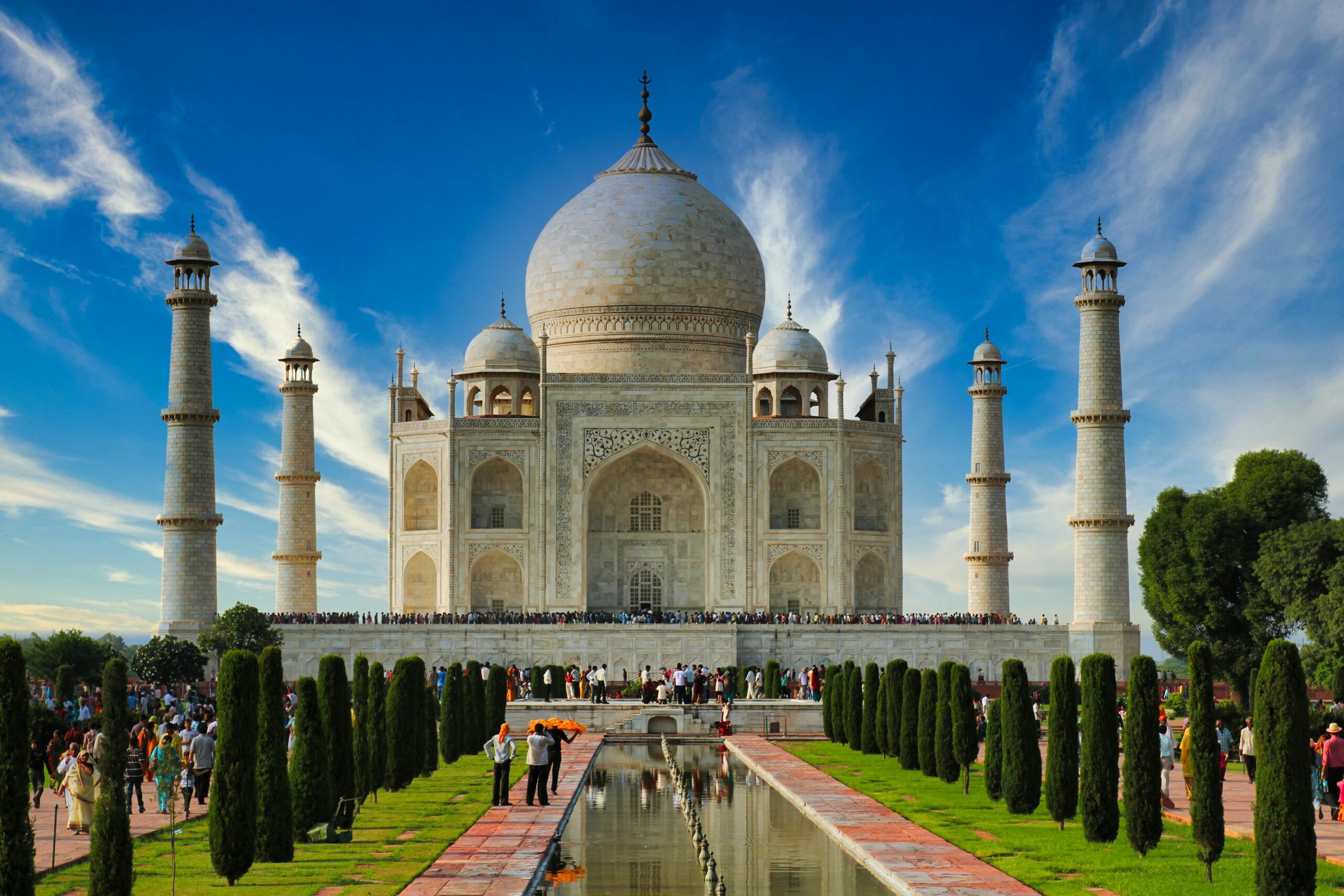
Undoubtedly the crown jewel of Agra, the Taj Mahal needs no introduction. This UNESCO World Heritage Site is a masterpiece of Mughal architecture, renowned for its symmetrical beauty and ethereal allure. Commissioned by Emperor Shah Jahan in memory of his beloved wife Mumtaz Mahal, the Taj Mahal is a testament to eternal love and devotion. As the first light of dawn bathes its marble facade in a golden hue and the moonlight casts a silver glow, the Taj Mahal transcends mere mortals to evoke a sense of awe and wonder.
Agra Fort:
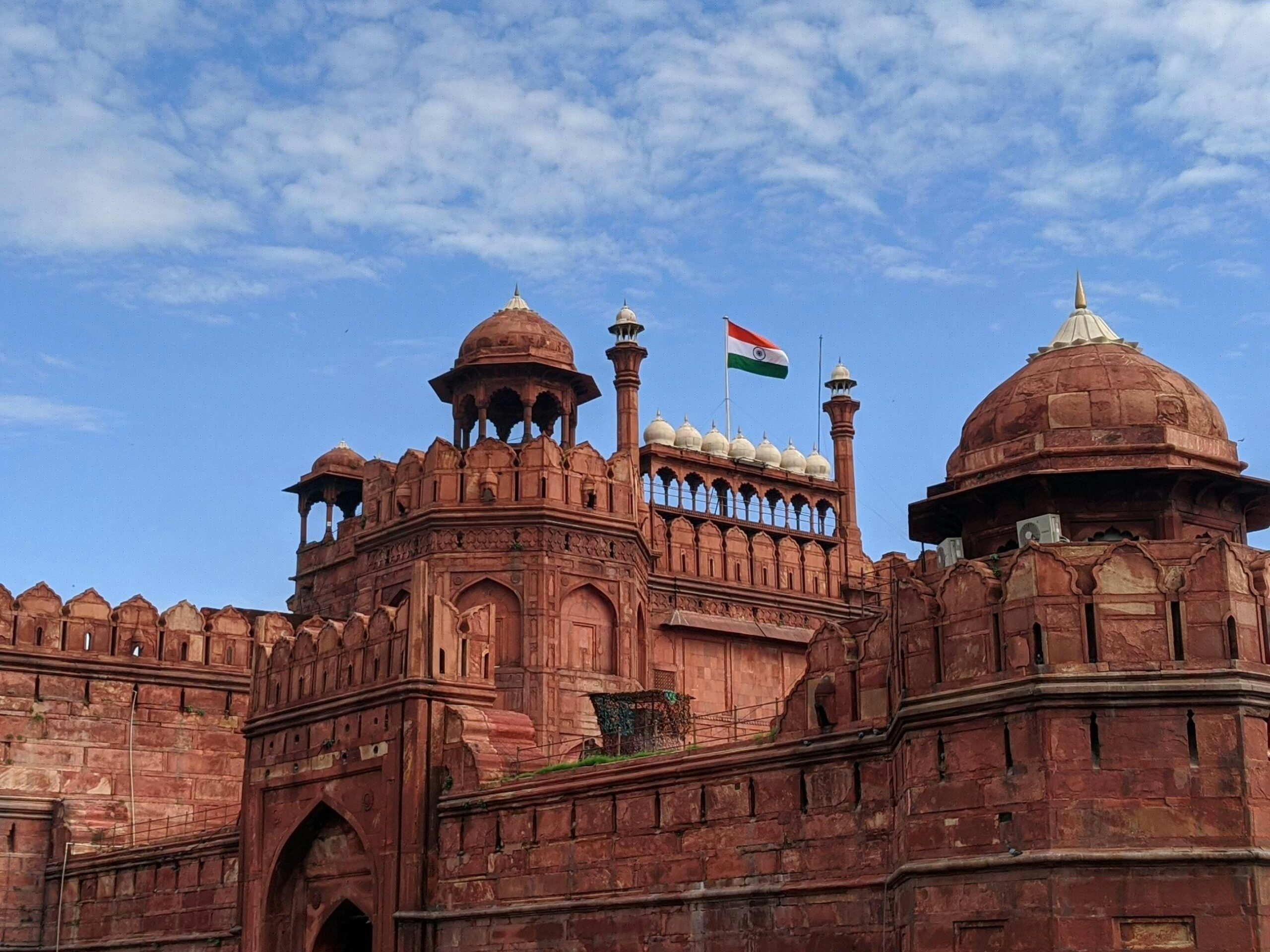
Agra Fort, also known as the Red Fort of Agra, is a majestic fortress that stands as a symbol of power and grandeur. Built by Emperor Akbar in the 16th century, this imposing structure boasts of intricate marble inlays, sprawling courtyards, and ornate palaces. Explore its labyrinthine passages, marvel at the Diwan-i-Khas (Hall of Private Audience), and immerse yourself in the rich history that echoes through its walls. From the Jahangir Mahal to the Sheesh Mahal, every corner of Agra Fort tells a story of valor and legacy.
Fatehpur Sikri:
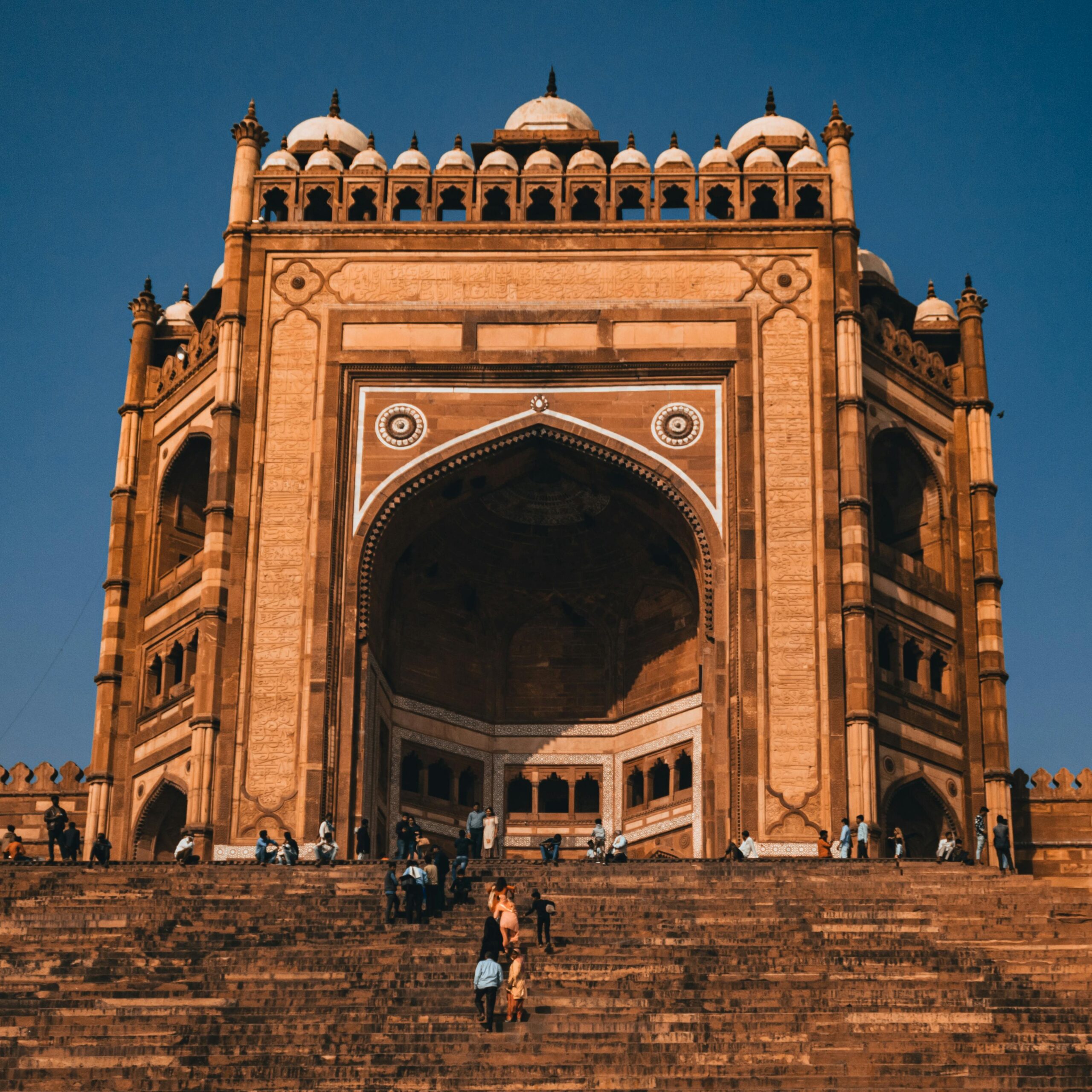
Venture beyond the confines of Agra to discover the ghost town of Fatehpur Sikri, a UNESCO World Heritage Site located just a stone’s throw away. Built by Emperor Akbar as his capital in the late 16th century, Fatehpur Sikri is a treasure trove of architectural marvels and historical significance. Wander through its deserted streets, explore the grand Buland Darwaza (Gate of Victory), and pay homage at the revered shrine of Salim Chishti. Fatehpur Sikri is a poignant reminder of a bygone era, frozen in time amidst the sands of history.
Mehtab Bagh:
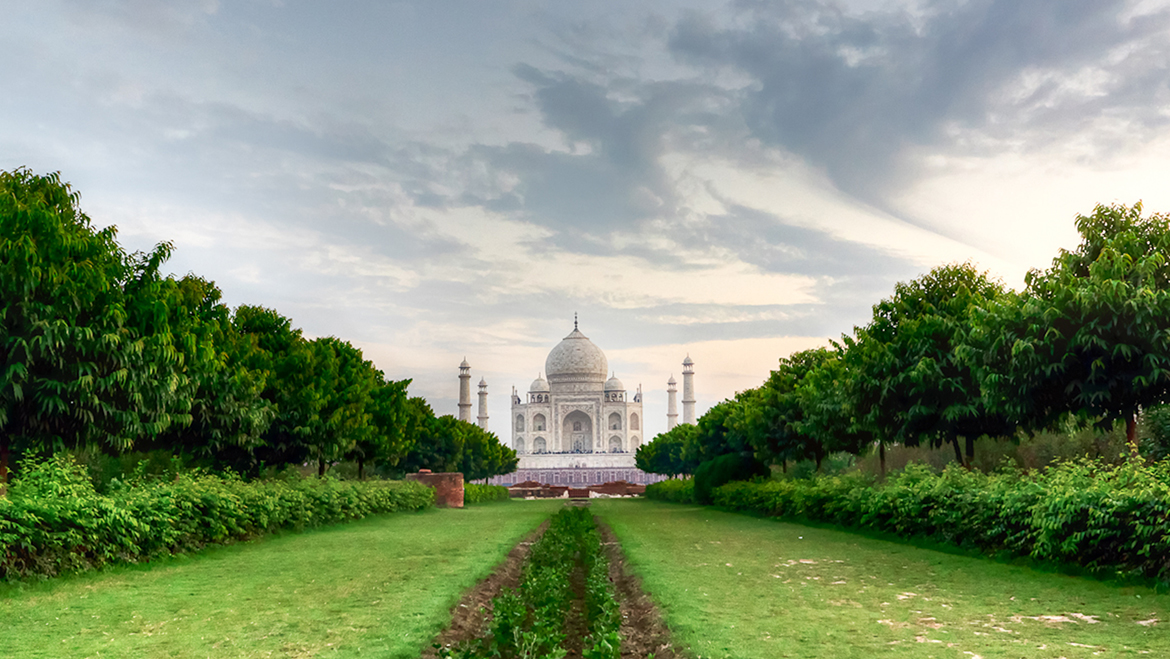
For a tranquil retreat away from the bustling crowds, Mehtab Bagh offers a serene escape with panoramic views of the Taj Mahal. Also known as the Moonlight Garden, this verdant paradise is located across the Yamuna River, providing a picturesque backdrop for admiring the Taj Mahal from afar. Stroll through its lush gardens, soak in the breathtaking vistas, and witness the ethereal beauty of the Taj Mahal as it shimmers in the distance. Mehtab Bagh is the perfect spot for a romantic evening or a peaceful respite amidst nature’s embrace.
Itmad-ud-Daulah’s Tomb:
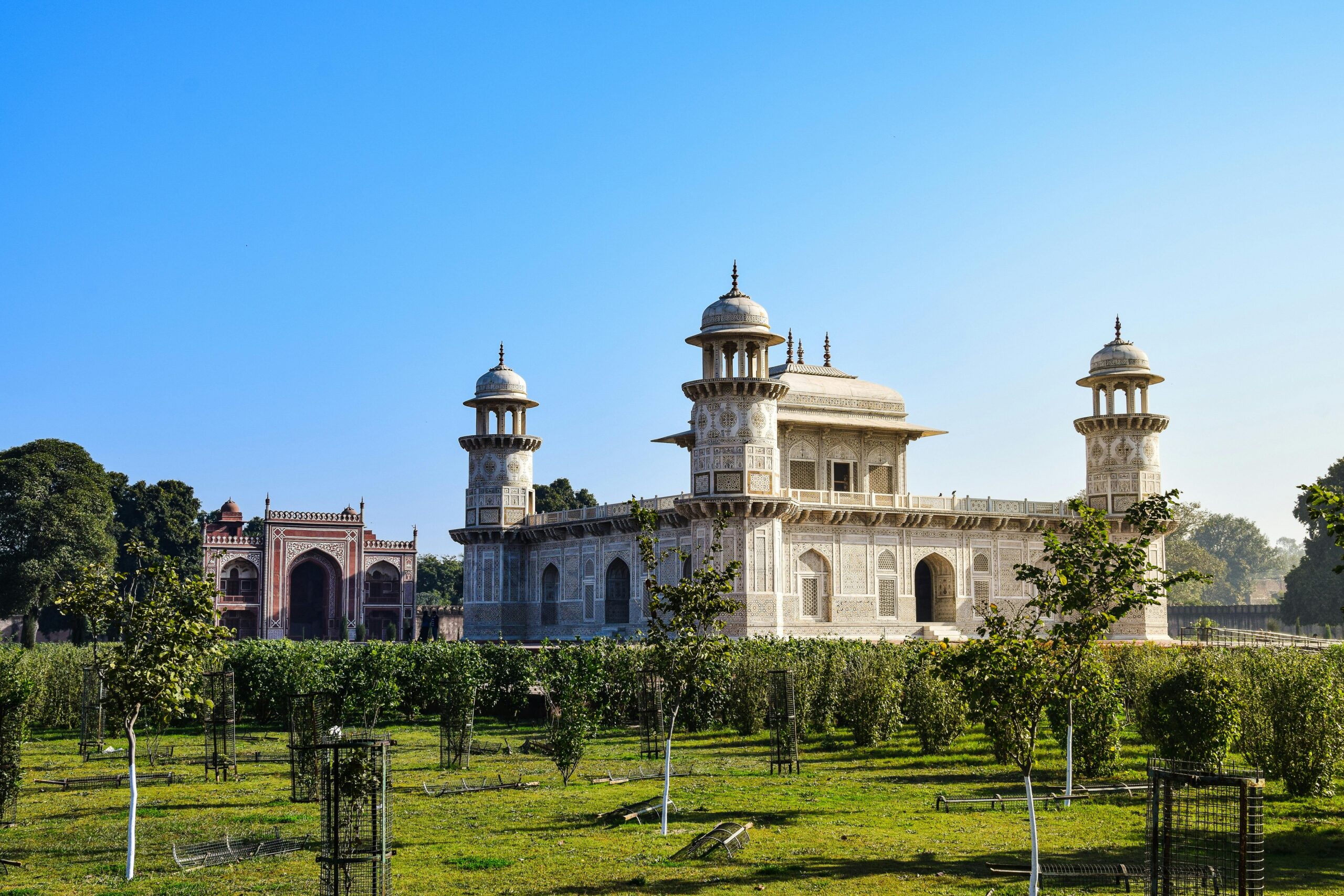
Often referred to as the “Baby Taj,” Itmad-ud-Daulah’s Tomb is a hidden gem nestled along the banks of the Yamuna River. Built in the early 17th century, this exquisite mausoleum is a precursor to the grandeur of the Taj Mahal and showcases intricate marble work, delicate carvings, and Persian-inspired architecture. Commissioned by Nur Jahan, the wife of Emperor Jahangir, in memory of her father, Itmad-ud-Daulah’s Tomb exudes elegance and refinement, offering a glimpse into the opulent lifestyle of the Mughal era.
Frequently Asked Questions (FAQs):
What is the best time to visit Agra?
The best time to visit Agra is during the winter months, from October to March, when the weather is pleasant and ideal for sightseeing. Avoid the scorching summer months, especially from April to June, as temperatures soar to unbearable levels.
How can I reach Agra?
Agra is well-connected by air, rail, and road. The nearest airport is the Agra Airport, which is served by domestic flights from major cities in India. Agra Cantt Railway Station is a major railhead, with regular trains plying to and from major cities like Delhi, Jaipur, and Mumbai. Additionally, Agra is easily accessible by road via national highways from neighboring cities.
Is the Taj Mahal closed on any day of the week?
The Taj Mahal is open to visitors every day except Fridays. It remains closed on Fridays for regular maintenance and prayer sessions.
Are there any dress codes or restrictions for visiting monuments in Agra?
While there is no strict dress code, it is advisable to dress modestly, especially when visiting religious sites such as mosques and tombs. Additionally, certain monuments may have restrictions on photography or specific areas that are off-limits to visitors.
Can I purchase souvenirs or handicrafts in Agra?
Yes, Agra is renowned for its exquisite handicrafts, including marble artifacts, leather goods, and traditional textiles. The bustling markets around the Taj Mahal and Agra Fort offer a plethora of shopping options, where you can purchase souvenirs to cherish your memories of Agra.
